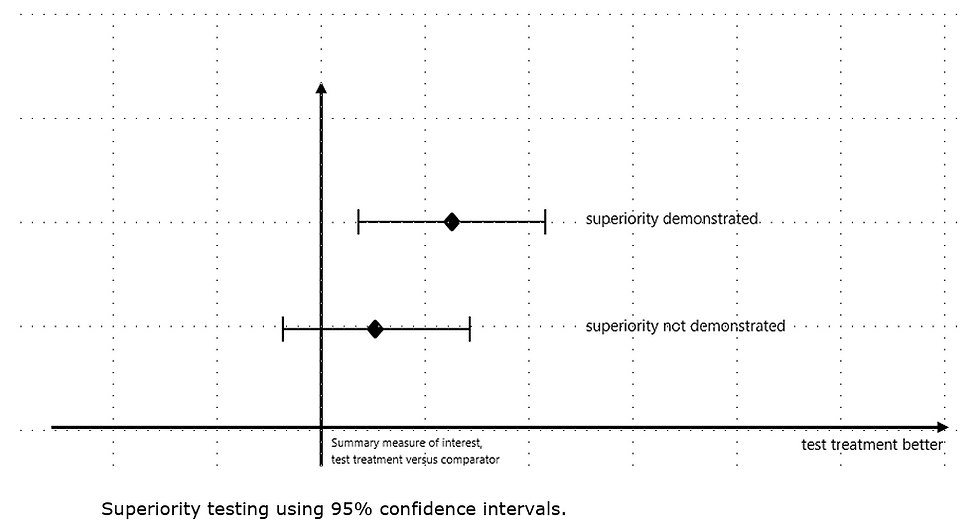ICH Q3E – Impurities: Extractables and Leachables for Pharmaceuticals and Biologics
- Sharan Murugan

- Aug 13
- 2 min read
On 1 August 2025, the International Council for Harmonisation of Technical Requirements for Pharmaceuticals for Human Use (ICH) has released the Step 2 Draft Guideline for ICH Q3E, focusing on extractables and leachables (E&L) in pharmaceutical products. This guideline aims to harmonise the approach for assessing, controlling, and reporting impurities that can migrate from materials of construction into a drug product.
What Are Extractables and Leachables?
Extractables: Chemical substances that can be released from manufacturing components, container closure systems, or delivery devices under extreme laboratory conditions.
Leachables: Chemical substances that migrate into the drug product under normal manufacturing, storage, and use conditions.
Both types of impurities may originate from plastics, rubber, glass, or other materials used in manufacturing, packaging, or delivery systems. Controlling these is essential to ensure product safety, quality, and efficacy.

Scope and Applicability
Applies to: New drug products (including cell and gene therapies), biologics, and drug-device combination products seeking marketing authorisation, as well as significant post-approval changes (e.g., packaging, manufacturing, formulation modifications).
Focus: Primarily organic leachables, but also provides recommended approaches for elemental analysis (detailed elemental impurity safety in Q3D).
Excludes: Extrinsic/extraneous contaminants not originating from product components.
Key Principles and Recommendations
Risk-Based Approach
Manufacturers should assess potential E&L risks based on dosage form, patient exposure, and duration of use.
Higher scrutiny for products administered via parenteral or inhalation routes, where safety margins are lower.
Study Design
Extractables Studies: Performed under exaggerated conditions to identify potential chemical migrants.
Leachables Studies: Conducted under normal product use and storage conditions to quantify actual patient exposure.
Threshold Concepts
Establish analytical evaluation thresholds (AET) to determine which compounds require toxicological assessment.
Apply safety-based limits aligned with ICH M7 (Mutagenic Impurities) and ICH Q3D (Elemental Impurities).
Analytical Methods
Use validated techniques such as GC-MS, LC-MS, ICP-MS to identify and quantify E&L.
Justify method sensitivity in relation to product safety requirements.
Toxicological Assessment
Conduct risk assessments for detected leachables based on daily exposure and patient population.
Consider special populations (pediatrics, geriatrics, pregnant women).
Control Strategies
Implement design controls and supplier quality agreements to minimise E&L risks.
Where necessary, adjust manufacturing processes, materials, or packaging design.
Regulatory Reporting
Summarise E&L risk assessment, study results, and control measures in regulatory submissions (e.g., CTD Module 3).
For more details and the complete text of the draft guideline, visit:



Comments